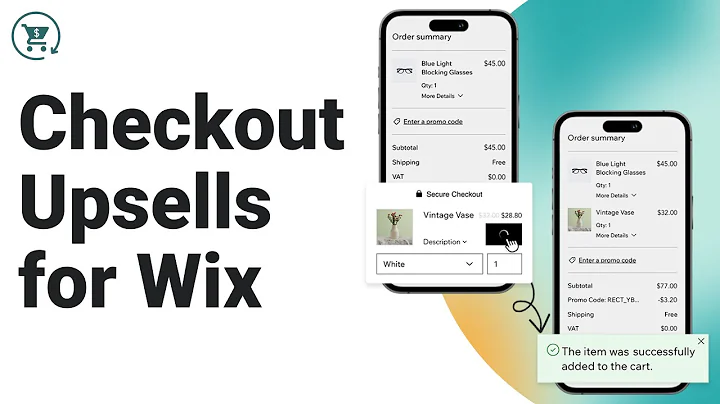Boost Your Shopify Store with Customized Product Pages
Table of Contents
- Introduction
- What are metafields and dynamic sources?
- Benefits of customizing products with metafields
- Steps to create metafields and input values
- Linking metafields with dynamic sources on the product page
- Using third-party apps for bulk metafield inputs
- Advanced tactics for using metafields and dynamic sources
- Pros and Cons of using metafields for product customization
- Conclusion
- FAQ
Using metafields to customize your Shopify product pages
Shopify is a powerful platform that offers various customization options to make your website stand out. One of the most popular features that Shopify provides is metafields. With metafields, you can store additional product data that is not available by default in Shopify. In this article, we will discuss how to use metafields and dynamic sources to create smarter product pages for your customers.
What are metafields and dynamic sources?
Metafields are extra data fields built into Shopify that allow you to store additional information for products, collections, orders, blogs, and pages. On the other hand, dynamic sources are accessed in your Theme Editor and are used to link the data stored as metafields to sections within your theme.
Benefits of customizing products with metafields
Metafields offer several benefits to merchants who need to customize their product pages. For instance:
- Displaying unique content: Metafields allow you to display unique content on your site, such as ingredients or allergy information for skincare products or displaying item dimensions or shipping details for furniture.
- No need for multiple templates: Instead of using multiple product templates, metafields allow you to display unique data for each individual product.
- Quick and easy set up: Metafields are easy to set up and maintain, and you don't need to edit the code files to use them.
Steps to create metafields and input values
To create metafields in Shopify, follow these steps:
- Navigate to Settings, then Metafields, and click on Products.
- Click on ‘Add definition’ to create a new metafield.
- Add a name and description for the metafield.
- Click the ‘+Select content type' button and select text.
- Click save and repeat the process for as many metafields as you want to use on your Product page.
Once you define the metafield, navigate to your Product listings and input the values at the bottom of each page. If you have a large product catalog, consider using a third-party app to apply these metafields in bulk.
Linking metafields with dynamic sources on the product page
In order to link metafields with dynamic sources on the product page, follow these steps:
- Head to your Theme Editor and click on Customize.
- Navigate to the Product page where you want these accordions to appear.
- From the ‘Product Overview’ section in the toolbar, click ‘Add Block’ and choose the Accordion option.
- Open this new section and give it a title.
- In the text section, click the Dynamic Sources icon in the top-right corner, select your metafield, and then click Insert.
- Save your changes.
Using third-party apps for bulk metafield inputs
When you have a large product catalog, it can be time-consuming to input metafield values manually. A third-party app like Excelify can help you apply metafield inputs in bulk. There are various apps available on the Shopify App Store to help you with this task.
Advanced tactics for using metafields and dynamic sources
Advanced merchants use metafields for sophisticated customization of their product pages, like adding videos, images, audio, or custom HTML. Dynamic sources can be used for advanced functionality like conditional visibility of sections and elements.
Pros and Cons of using metafields for product customization
Like every other feature in Shopify, using metafields have their pros and cons. Some of the significant advantages are:
- Easy set up and configuration
- Display unique content that doesn't exist in Shopify
- No need for multiple product templates
Some of the disadvantages are:
- No live preview of metafield outputs
- Difficulty in managing multiple metafields
- No backward compatibility for metafields
Conclusion
Metafields offer a great way for merchants to customize their product pages. With easy set up and configuration, it is an effective way to add unique information to your products and improve the overall user experience. With a little practice, you can efficiently incorporate metafields into your store and offer a differentiated experience to your shoppers.
FAQ
Q: Can I edit metafields for multiple products at once?
A: Yes, you can use third-party apps like Excelify to input metafields in bulk for multiple products.
Q: Are metafields visible to the customers?
A: No, the metafield information is not visible to the customers. It is only visible in the Shopify admin panel.
Q: Can I display images or videos as metafields?
A: Yes, you can display images or videos as metafields using custom HTML.
Q: Can I use metafields with apps?
A: Yes, you can use metafields with apps to achieve additional functionality on your site.






















